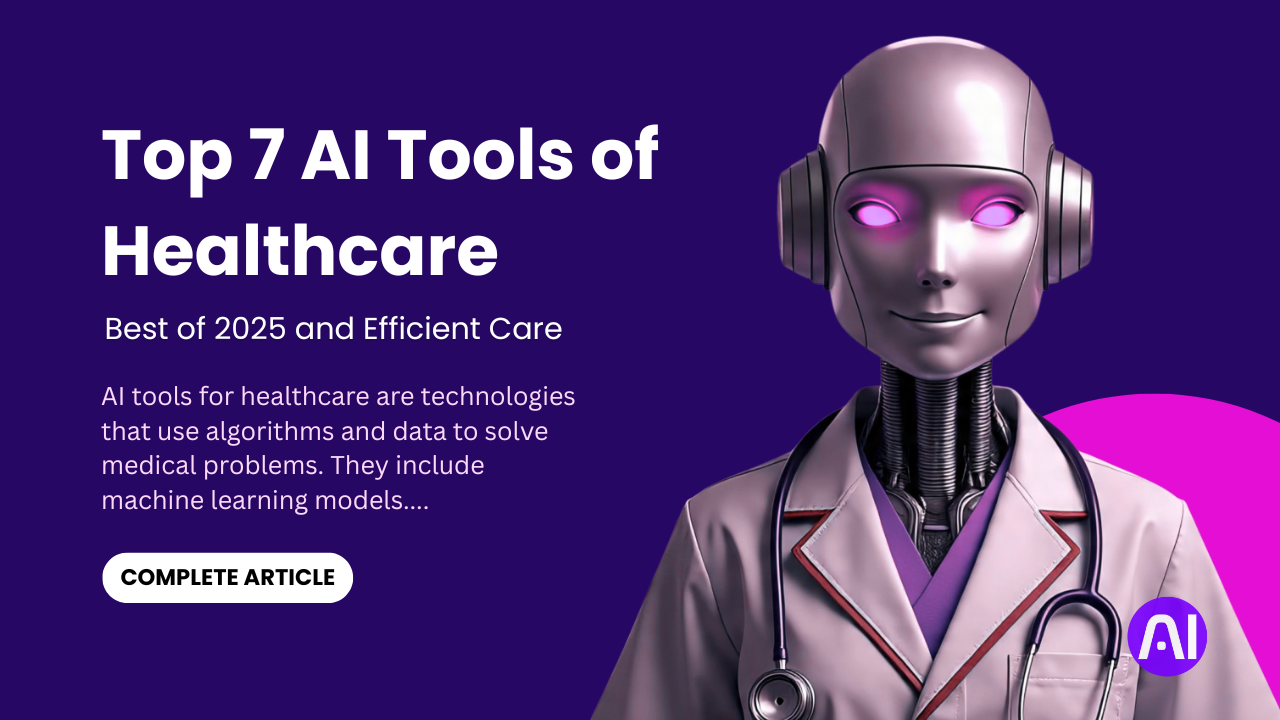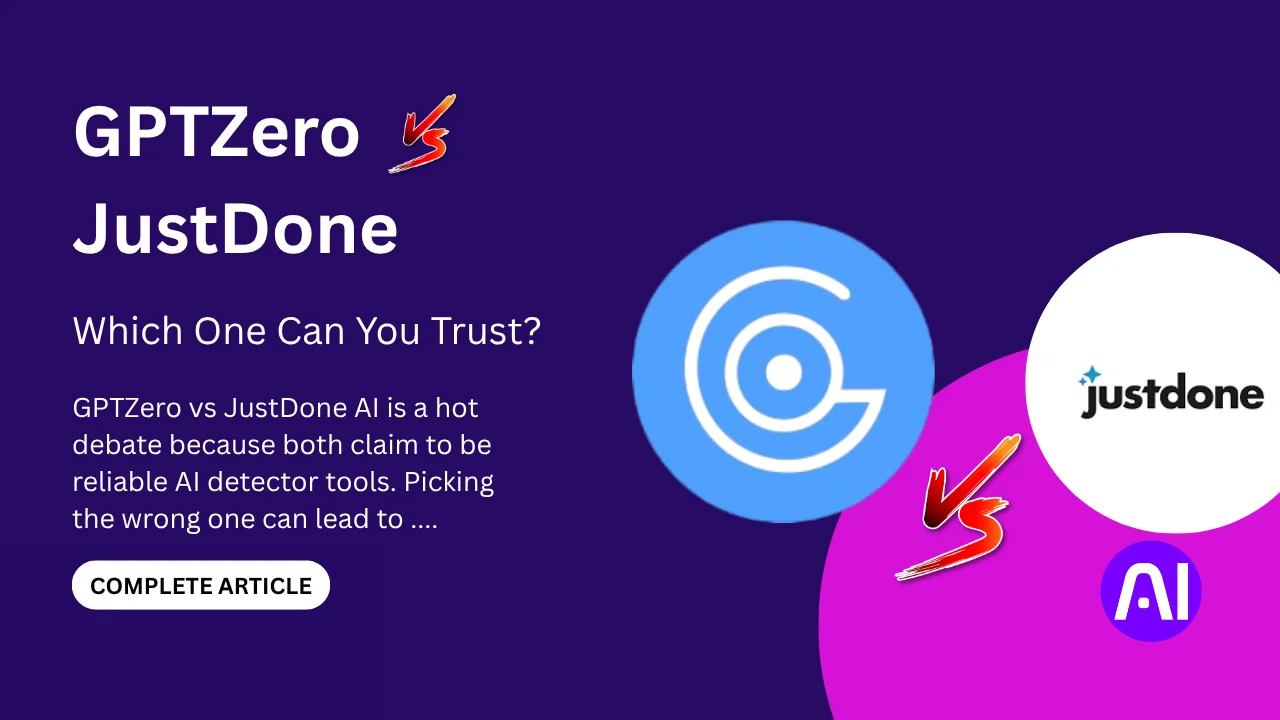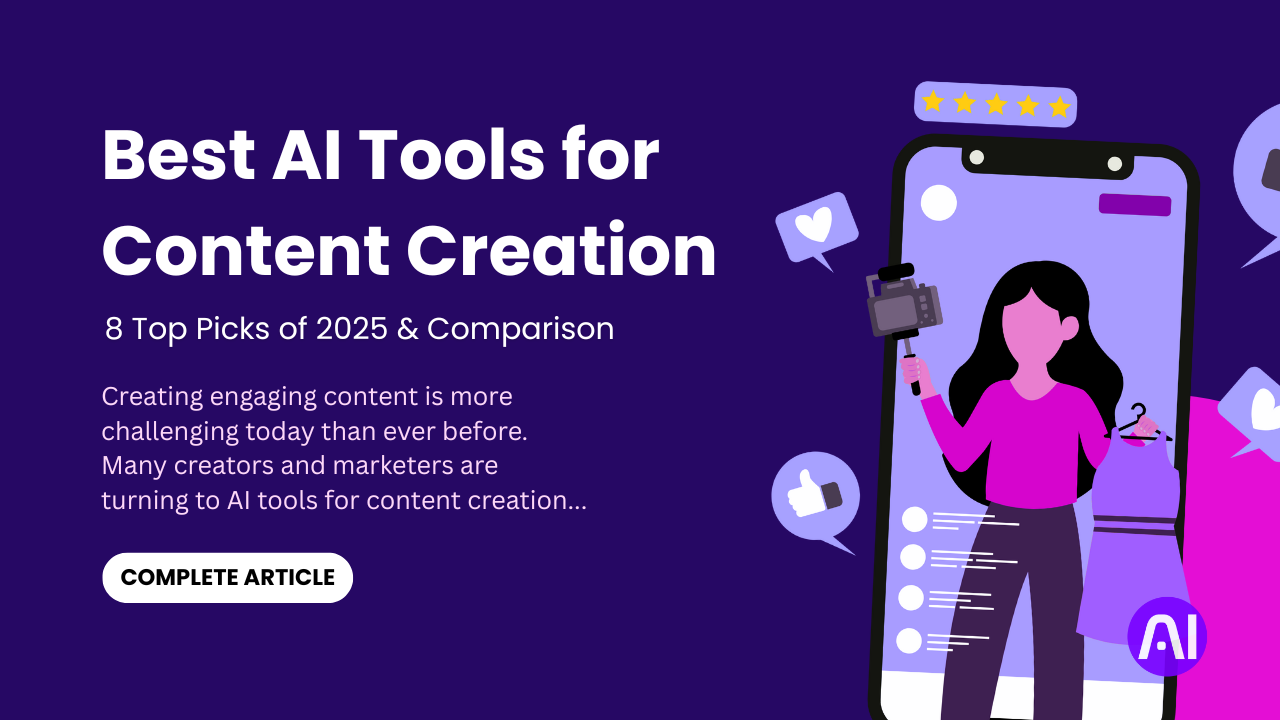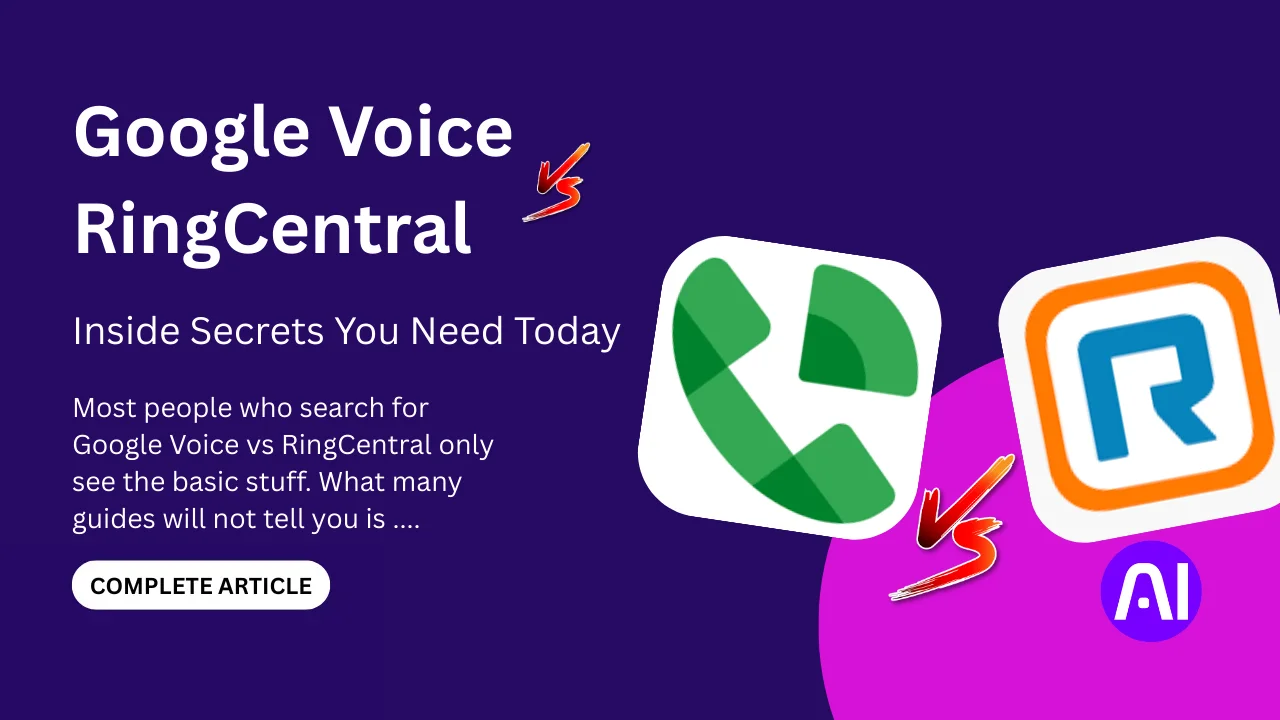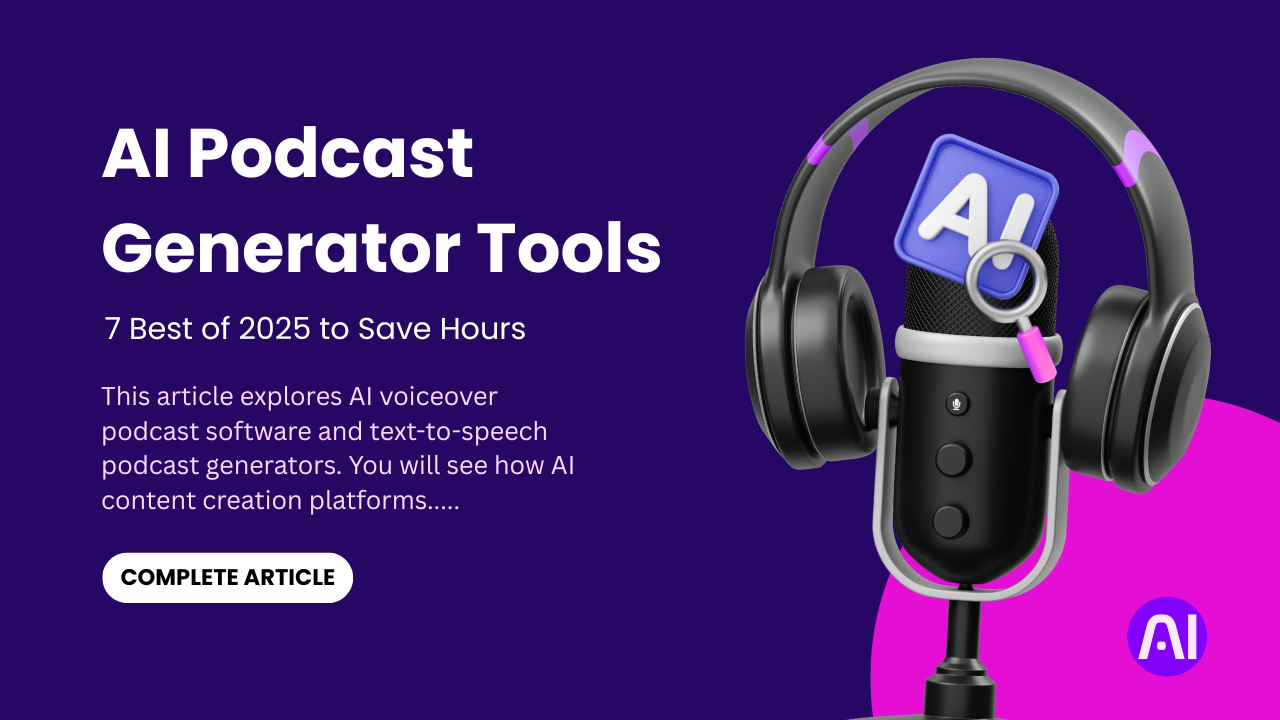Artificial intelligence has moved from hype to real transformation in healthcare. Hospitals and clinics are now using AI tools for everything from diagnosis to administration. These tools promise better accuracy, faster workflows, and improved patient outcomes. In this guide, we’ll explore the top AI tools for healthcare, their real applications, and how they can shape the future.
What Are AI Tools for Healthcare?
AI tools for healthcare are technologies that use algorithms and data to solve medical problems. They include machine learning models, natural language processing, and predictive analytics systems. These tools help doctors, nurses, and administrators work faster and more effectively. Simply put, AI in healthcare means smarter care powered by technology.
Types of AI Tools in Healthcare
AI tools in healthcare come in different categories based on their purpose. Some focus on medical imaging and diagnostics, while others handle patient engagement. There are also AI scribes for documentation and predictive tools for risk detection. Together, they cover a wide range of clinical and non-clinical tasks.
Diagnostic & Imaging Tools
AI diagnostic tools help radiologists and doctors analyze scans with high accuracy. They can detect tumors, fractures, and early disease signs quickly. With deep learning, they reduce human error in imaging workflows. These tools are crucial in radiology, pathology, and dermatology today.
Administrative / Documentation Tools
Administrative tools powered by AI reduce the burden of paperwork in healthcare. Doctors can use AI scribes to record patient notes automatically. These systems improve efficiency and let physicians spend more time with patients. Hospitals also use them to streamline billing, coding, and EHR management.
Patient Monitoring & Telehealth Tools
AI monitoring tools track patient health through wearables and connected devices. They provide real-time alerts for irregular patterns and health risks. In telehealth, AI assistants help manage virtual consultations smoothly. This creates better access to care for patients in remote areas.
Drug Discovery & Clinical Decision Support Tools
AI in drug discovery shortens the time needed for testing new medicines. These systems can predict drug behavior and potential side effects early. Clinical decision support tools guide doctors with evidence-based treatment suggestions. Both areas are critical for advancing modern medicine quickly and safely.
Top 7 AI Tools of Healthcare in 2025
The healthcare market now has dozens of powerful AI tools available. Each tool solves different problems, from diagnosis to documentation and patient support. Below is a comparison of some top tools in 2025. This helps you quickly see what each tool offers.
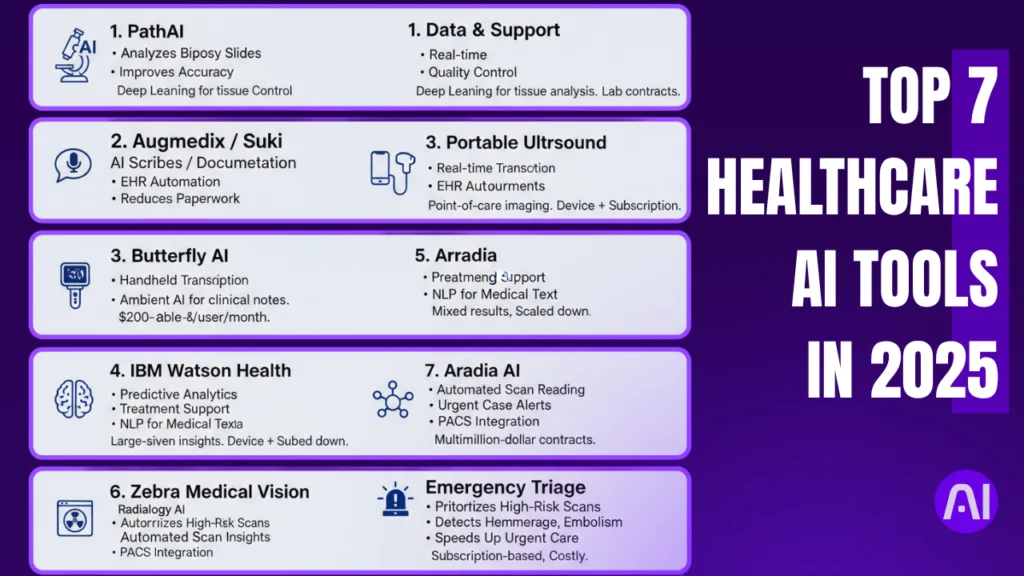
1. PathAI
AI-powered pathology / diagnostics platform for biopsy and tissue slides. It uses deep learning to analyze histopathology images and assist pathologists.
Key Features:
AISight platform integrates with lab workflows
Biomarker quantification, tumor cell segmentation, severity scoring
Quality control and error detection in slides
Expanding ecosystem of AI modules
PathAI provides strong pathology workflow support. Pricing is licensing-based and tied to lab contracts, not publicly standardized.
2. Augmedix / Suki
Ambient AI scribes for clinical documentation and EHR automation. They capture doctor-patient conversations and generate structured notes.
Key Features:
Real-time transcription and clinical note generation
EHR integration with voice commands and coding
Human-in-the-loop review for accuracy
HIPAA-compliant and secure
Augmedix and Suki help reduce physician workload. Typical AI scribe solutions are priced around $200–$400 per user per month, though terms vary by contract.
3. Butterfly AI (Butterfly iQ / iQ+)
Portable AI-assisted ultrasound device combining handheld hardware with smart software. Designed for point-of-care imaging.
Key Features:
Single probe with multiple imaging presets
AI measurement and optimization tools
Lightweight and battery powered
Rugged, portable design
Butterfly makes ultrasound more affordable and accessible. Device and subscription costs are marketed directly to providers, but exact pricing depends on configuration.
4. IBM Watson Health
Decision support system that once offered oncology and predictive analytics. It aimed to bring AI into clinical decision-making.
Key Features:
Predictive analytics for treatment support
Integration of guidelines and genomic data
Natural language processing for medical text
Clinical trial matching modules
Watson Health had strong branding but mixed results in deployment. The division has since been scaled down, with no clear public pricing.
5. Arcadia
Healthcare data and analytics platform for population health and risk management. Used by health systems and payers.
Key Features:
Aggregates EHR, claims, and social data
Dashboards for risk and population metrics
Tools for care management and quality tracking
Marketplace extensions for analytics apps
Arcadia provides scalable analytics for large organizations. Public cost examples suggest multimillion-dollar contracts for large populations, with subscription tiers for smaller deployments.
6. Zebra Medical Vision
Radiology AI that analyzes CT, MRI, and X-ray scans to flag abnormalities. Focused on improving efficiency in imaging workflows.
Key Features:
Automated detection of anomalies across modalities
Alerts and triage for urgent cases
Integration with PACS systems
Scalable deployment across hospital networks
Zebra delivers fast results with wide imaging support. Regulatory approvals vary by region, and pricing depends on hospital contracts.
7. Aidoc
AI radiology and emergency care solution specializing in triage and prioritization. It accelerates identification of urgent findings in imaging.
Key Features:
Detects conditions such as hemorrhage and embolism
Prioritizes high-risk scans in queues
Sends alerts for critical findings
Learns from ongoing clinical feedback
Aidoc improves response time in emergency settings. It uses a subscription-based pricing model, which can be costly for high-volume hospitals.
Comparing the Best AI tools for Healthcare
AI tools in healthcare serve very different purposes, from helping doctors read scans to reducing paperwork. Comparing them side by side shows not just what each tool does, but where it outshines the others and where it falls short.
| Tool | Type | Strongest Edge | Weakest Point | Best For |
|---|---|---|---|---|
| PathAI | Pathology | Very accurate in biopsy disease detection | Needs large, high-quality data | Pathology labs |
| Augmedix / Suki | Documentation | Cuts doctor paperwork fast | Misses rare terms | Clinics & hospitals |
| Butterfly AI | Imaging | Most portable, low-cost ultrasound | Less advanced than big machines | Small clinics, remote care |
| IBM Watson Health | Decision support | Big data vision, trusted brand | Mixed results, scaled back | Limited use today |
| Arcadia | Analytics | Handles huge population health data | Heavy IT setup needed | Large health systems |
| Zebra Medical Vision | Radiology | Very fast, works across imaging systems | Approval differs by region | Radiology departments |
| Aidoc | Emergency triage | Best at urgent scan prioritization | Expensive at scale | Emergency & trauma care |
Each tool has its own niche, some excel in emergencies, others in daily clinical work, and some in large-scale health management. The right choice depends less on the technology itself and more on the needs of the hospital, clinic, or research setting.
Which tool you should choose when?
If the priority is catching diseases early and accurately, tools like PathAI stand out in pathology, while Zebra Medical Vision supports radiologists by speeding up scan reading. For emergencies where minutes matter, Aidoc is the strongest option, helping doctors quickly spot life-threatening conditions.
For saving time in daily clinical work, Augmedix and Suki are most useful. They act as AI scribes, turning conversations into notes and reducing paperwork, which makes a big difference in busy clinics and hospitals.
When the goal is better access and broader care, Butterfly AI makes ultrasound portable and affordable, especially for smaller clinics or rural care. For large health systems needing to track entire populations, Arcadia delivers powerful data insights, though it requires solid IT support.
This article is also suggested for you: How Clinical Data Management GPT Models Are Future of Trials
Use Cases & Real-World Applications
AI is not just theory in healthcare; it’s already saving lives today. Hospitals are using these tools in practical ways that make care better. Here are some real-world examples of how AI is being used.
AI Tools for Medical Imaging & Diagnostic Support
AI diagnostic tools analyze scans for diseases like cancer, pneumonia, or fractures. They support radiologists by highlighting suspicious areas on images. This saves time and improves detection accuracy significantly. Many hospitals now rely on them as a second opinion system.
AI Tools for Documentation & Ambient Scribes
Doctors spend hours daily on patient notes and paperwork tasks. AI scribes like Suki and Augmedix capture conversations and auto-generate reports. This reduces administrative burden and improves patient-doctor interaction. Many clinics have adopted them to cut down documentation time.
AI Tools in Telemedicine & Patient Interaction
Telemedicine has grown rapidly, and AI tools make it even stronger. Chatbots and AI assistants handle patient queries before doctors join consultations. They help with scheduling, triage, and patient education in real time. This ensures better access to care in underserved regions.
AI in Patient Monitoring, Wearables & Remote Health
Wearable devices now track blood pressure, heart rate, and oxygen levels. AI tools analyze this data to detect risks and send alerts early. Remote monitoring helps doctors manage chronic patients without hospital visits. It also empowers patients to take better control of their health.
AI in Drug Discovery & Clinical Trials
Pharmaceutical companies use AI to screen molecules and design new drugs. AI reduces trial-and-error time in expensive drug development phases. It predicts potential side effects before human testing begins. This shortens the overall path to life-saving treatments.
Pros & Cons of Healthcare AI Tools
Healthcare AI tools are reshaping the way doctors and hospitals operate, offering powerful new ways to diagnose illnesses and manage patient care. These technologies promise to make healthcare faster, cheaper, and more precise, but they also bring new challenges related to cost, privacy, and clinical trust.
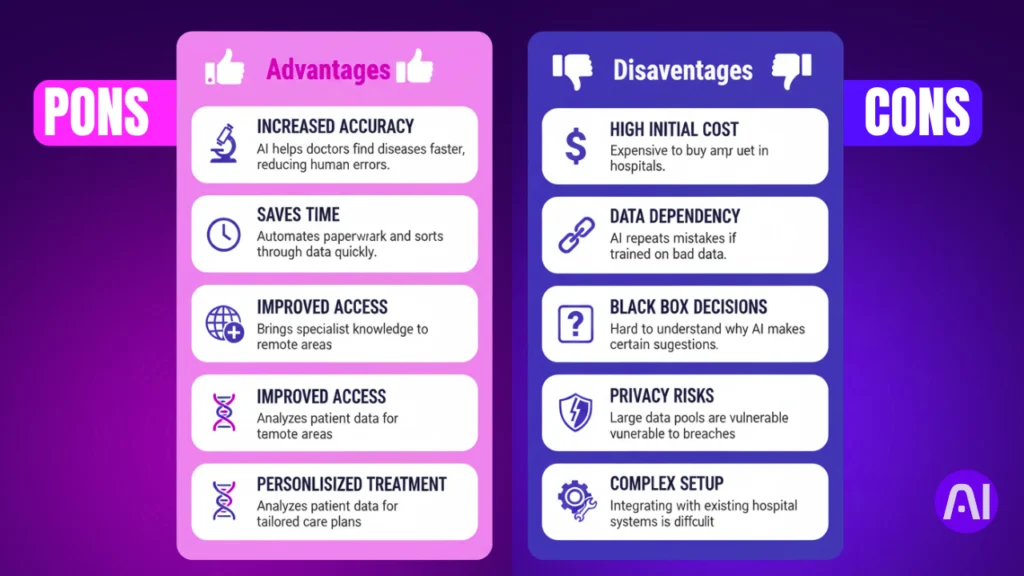
Advantages (Pros)
Increased Accuracy – The AI helps doctors find diseases faster and more reliably. This helps avoid mistakes or oversights that a busy or tired human might make.
Saves Time – AI takes over boring, repetitive tasks that usually slow down doctors. This includes writing chart notes (scribing) and sorting through massive amounts of patient scans or data.
Improved Access – AI can bring specialist knowledge and expert analysis to any location. This is a huge benefit for small clinics or rural areas that do not have many specialists on staff.
Personalized Treatment – The technology can quickly analyze a patient’s entire medical history and genetics. This allows doctors to suggest the best and most effective treatment plan tailored specifically to that individual.
Disadvantages (Cons)
High Initial Cost – Buying the advanced AI software and setting it up correctly in a hospital is expensive. This high cost can make it difficult for smaller practices or clinics to adopt the technology.
Data Dependency – The AI is only as good as the information it was trained on. If the initial training data contained errors or biases against certain patient groups, the AI will repeat and amplify those mistakes.
Black Box Decisions – Sometimes the AI gives a treatment suggestion, but the logic behind the choice is hidden. Doctors may be hesitant to follow a recommendation if they cannot clearly see and understand the reasoning used by the AI.
Privacy Risks – Since AI systems manage huge amounts of sensitive patient data in one place. A single security breach could lead to millions of private medical records being exposed at the same time.
Complex Setup – Getting the AI tools to work smoothly with a hospital’s existing computer systems is a major challenge. The installation often requires a lot of slow, complex changes to the hospital’s current IT and data management structure.
How to Choose & Implement AI Tools in Healthcare?
Choosing the right AI tool depends on clear evaluation steps. Hospitals and clinics should define their goals before investing. Here are the main criteria to follow when selecting AI healthcare tools.
Evaluation Criteria for AI Tools
- Use Case Alignment – Does the tool solve your specific problem?
- Data Quality & Readiness – Is your data prepared for AI training?
- Vendor Support – Does the vendor provide integration and training help?
- Compliance – Is the tool HIPAA/GDPR certified for data protection?
- Integration – Can it connect with your EHR or hospital systems?
- Pilot Testing – Has the tool been tested in real-world conditions?
Hospitals should start small with pilot projects before scaling widely. This lowers risk and allows feedback from staff and patients. Successful adoption requires IT teams, clinicians, and administrators working together.
Future Trends in AI Tools for Healthcare
AI in healthcare will grow rapidly in the next few years. Emerging tools are moving beyond diagnosis to broader medical applications. Here are some exciting directions we will see soon.
Generative AI & Large Language Models
Generative AI can summarize patient records and assist with reports. Large language models support clinical decision-making with contextual insights. These tools save doctors time while maintaining high accuracy. Their role in healthcare will only keep expanding.
Ambient AI & Voice Assistants
Voice-based AI tools are getting smarter in patient-doctor interactions. They listen, transcribe, and analyze conversations in real time. This reduces manual typing and makes consultations more natural. Many believe ambient AI is the future of clinical documentation.
Federated Learning & Data Sharing
Hospitals hesitate to share patient data due to privacy concerns. Federated learning allows AI models to learn without moving raw data. This approach protects privacy while training stronger healthcare algorithms. It will play a big role in global AI collaboration.
AI in Preventive Care & Precision Medicine
AI will shift from treating disease to preventing it earlier. Predictive analytics will identify risks before symptoms appear in patients. This supports personalized treatment plans tailored to each person’s profile. The future of medicine is clearly moving toward precision care.
Emerging Startups & Innovation
Healthcare startups are building innovative AI solutions for niche needs. They focus on areas like mental health, maternal care, or remote diagnostics. Many of these will disrupt traditional players with fresh ideas. Investors and hospitals are watching this space closely.
Conclusion
AI tools for healthcare are changing how we diagnose, treat, and manage patients. They offer speed, accuracy, and personalization that older systems cannot match. However, adoption requires addressing privacy, integration, and trust challenges.
For hospitals and clinics, the best approach is to start small. Choose AI tools that align with immediate needs and test them carefully. With the right strategy, healthcare AI tools can transform medicine in ways we once only imagined.
If you like to explore about productive AI tools, this research backed list is for you; 8 Top Picks of AI Tools for Content Creation in 2025
FAQs About Healthcare AI Tools
1. What are the biggest hurdles hospitals face when trying to adopt and use AI tools?
The main challenges are often financial constraints (the high initial cost of the technology), integrating the new AI software with the hospital’s old computer and record systems (EHRs), and addressing clinician trust or skepticism toward automated decisions.
2. How do AI Scribes like Suki or Augmedix actually save a doctor time during a patient visit?
These tools use ambient listening to automatically capture the natural conversation between the doctor and the patient. They then process the audio and immediately generate a structured, clinical note, eliminating the need for the doctor to spend hours typing up paperwork later.
3. What is the core difference between the imaging AI tools like Aidoc and PathAI?
Aidoc is primarily focused on radiology and emergency triage, immediately flagging urgent findings (like bleeds or embolisms) in X-rays or CT scans. PathAI specializes in pathology, analyzing microscopic tissue and biopsy slides for things like cancer detection and quantification.
4. How does the Butterfly AI ultrasound probe manage to be so much cheaper and smaller than traditional machines?
The Butterfly iQ uses a single, novel “Ultrasound-on-Chip” technology instead of multiple bulky transducers (probes). This highly integrated design drastically reduces the size and manufacturing cost, making it affordable and highly portable for point-of-care use.
5. What is “Federated Learning” and why is it important for healthcare data privacy?
Federated learning is a method where an AI model is trained at multiple different hospitals without the data ever leaving the original hospital’s local servers. This is crucial because it allows the AI to learn from a massive, diverse dataset while strictly protecting patient privacy and complying with regulations like HIPAA.
6. Is IBM Watson Health still a major player in the healthcare AI market in 2025?
While IBM Watson was a pioneer with strong brand recognition, the healthcare division’s products (particularly in oncology) faced mixed results and adoption challenges, leading to it being scaled down. Today, its focus has shifted, and other specialized AI companies have taken the lead in clinical diagnosis and triage.
7. How does AI specifically help speed up the expensive process of Drug Discovery?
AI algorithms analyze vast amounts of molecular and biological data to quickly identify promising drug targets and predict the efficacy and side effects of new compounds. This allows pharmaceutical companies to eliminate non-viable candidates early, shortening the overall development timeline from years to months.

